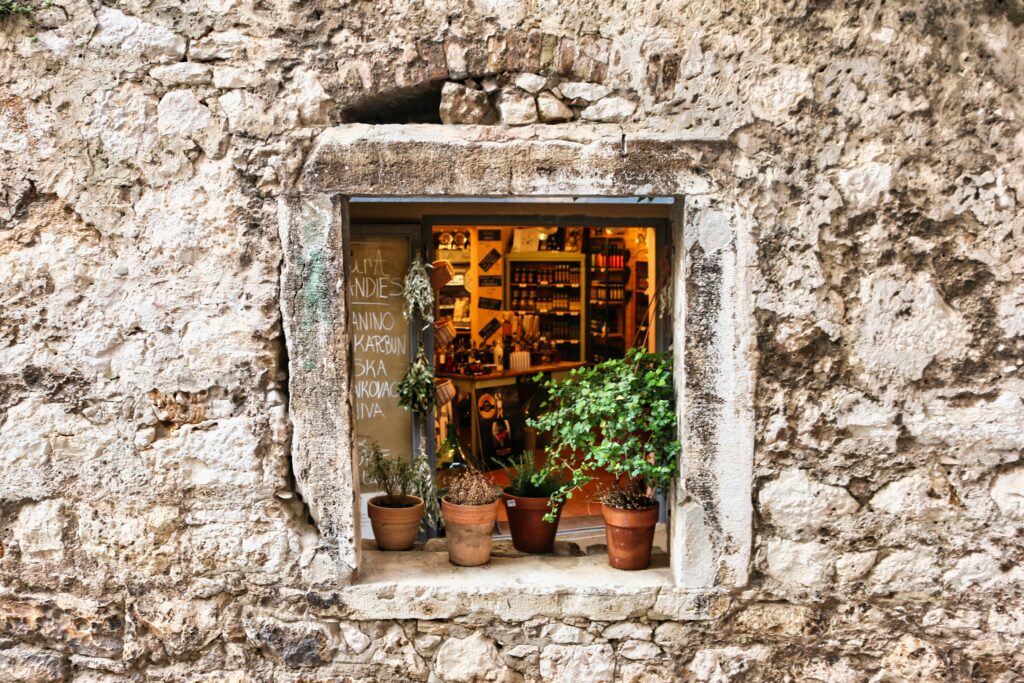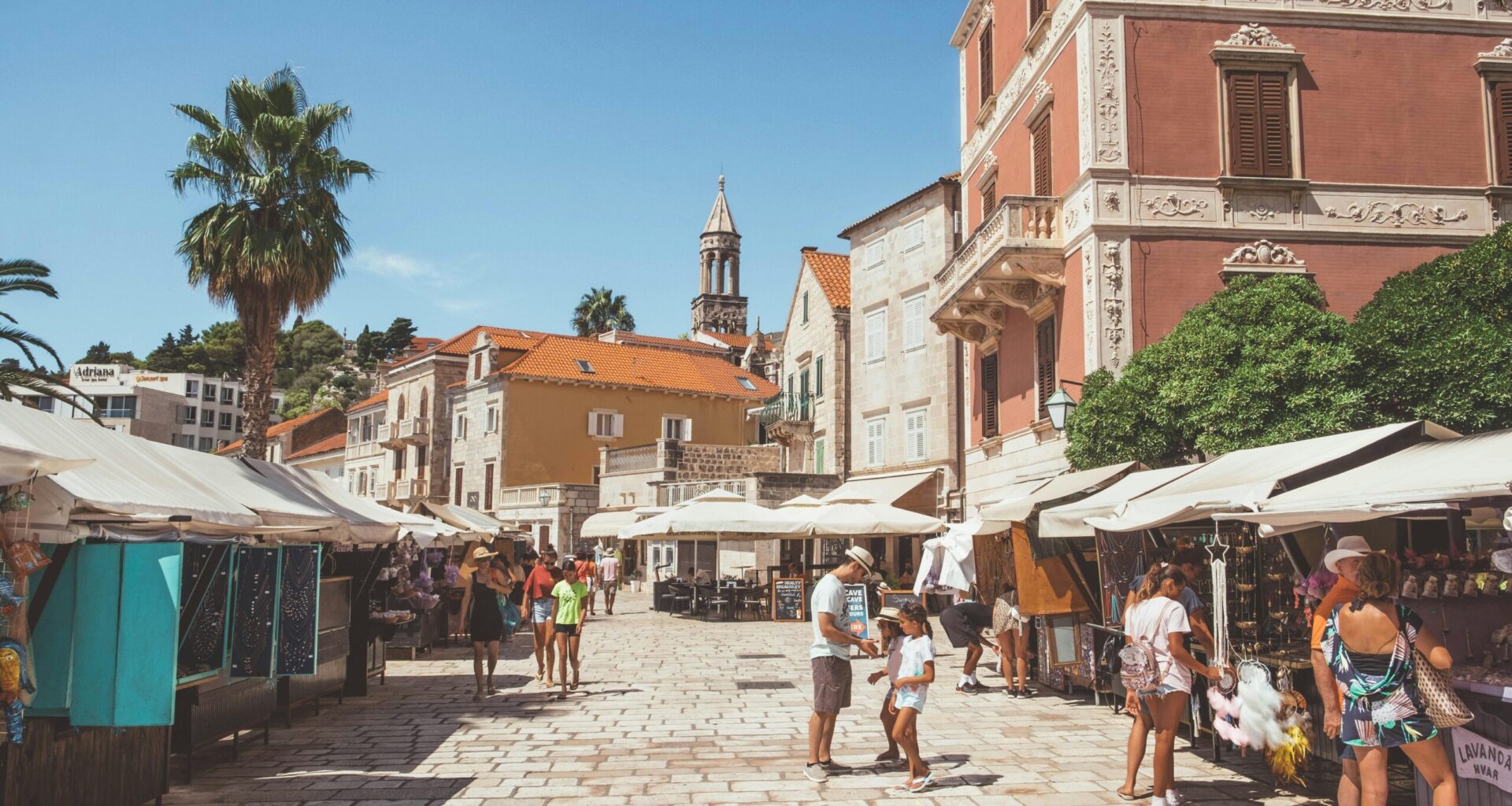August the 2nd, 2025 – Croatian retail turnover is a significant 7.5% higher in real terms when compared to 2024. This follows the month of June which was marked by extremely strong tourism growth and traffic.
As Jadranka Dozan/Poslovni Dnevnik writes, when the data on tourist arrivals and overnight stays realised for last month were released a few weeks ago, many commented that the June tourism figures exceeded expectations. The seal of solid physical indicators of this year’s tourist season can also be seen in the trend of Croatian retail trade turnover in comparison to that of 2024.

According to the Central Bureau of Statistics, in June, Croatian retail turnover recorded an acceleration in real turnover growth to 7.5%, which is the highest annual rate in the past year, i.e. since July 2024. Such real annual growth, however, doesn’t come as much of a surprise. This is because the Tax Administration’s data on fiscalisation, which is updated daily, indicated a solid pace of growth in retail turnover for June this year.
Looking at Croatian retail trade turnover with the exclusion of motor vehicles, 2.57 billion euros of fiscalised turnover was recorded, which is nominally 11% more than in the same month in 2025. Just as the growth in the value of receipts that passed through retailers’ cash registers for the entire first half of the year was a somewhat more modest 7% nominally (turnover amounted to 12.8 billion euros), the CBS statistics show that the half-year growth in retail sales was somewhat more moderate than in June itself.

According to the original data, the real growth rate in the first half of the year stood at 3.7%. Without adjusting anything for inflation, sales (nominally) increased by 5.8%. Adjusted for calendar years, the CBS data shows that half-year sales were 4.4% higher in real terms than in the same period last year (nominally 6.6%).
Structurally and in annual comparisons, June sales from retail trade in food, beverages and tobacco products increased by 3.6%. At the same time, the increase in non-food products (excluding fuel and lubricants) was significantly stronger, by 11.5%.

In monthly comparisons, June also brought an acceleration in the growth rate, and the real growth of 3.5% compared to May is also the strongest growth on a monthly basis since October 2020. Back then, the majority of changes were influenced by the coronavirus pandemic, that is, economic “lockdowns”, as explained by Raiffeisen bank economic analysts Elizabeta Sabolek Resanović and Petar Bejuk.
The trend of positive annual growth rates has been going on for the 27th month in a row for Croatia. In addition to the fact that this marked acceleration in June was expected given the stronger tourist activity, the growth of retailers’ turnover has also been positively affected by favourable trends in the labour market through the growth of employment and real wages.

“Along with solid tourism results, this keeps consumer optimism indicators above the long-term average. This is also reflected in the continued double-digit annual growth in cash non-purpose loans, which are also used to purchase durable consumer goods, thus supporting retail trends”, the analysts point out in their commentary.
Since retail trade turnover is the main indicator of personal consumption, they also conclude that after somewhat more modest results in the first quarter, the contribution of personal consumption to GDP in the second quarter will be stronger.
![]()
Similar patterns of trade movements are expected in the second half of the year. This however also implies somewhat more modest rates than last year. With a high base, a moderate slowdown is also expected due to the expected slowdown in wage and employment growth. The new measures of the CNB to limit minimum consumer lending criteria could work in the same direction to some extent. However, despite all this, consumption clearly remains relatively strong and one of the main pillars of economic growth.
As for recent signals of consumption in trade, two days before the end of July, fiscalisation data indicated that Croatian retail trade turnover (excluding motor vehicles) was up about 5% compared to the comparable period in 2024.
Subscribe to our newsletter
the fields marked with * are required
